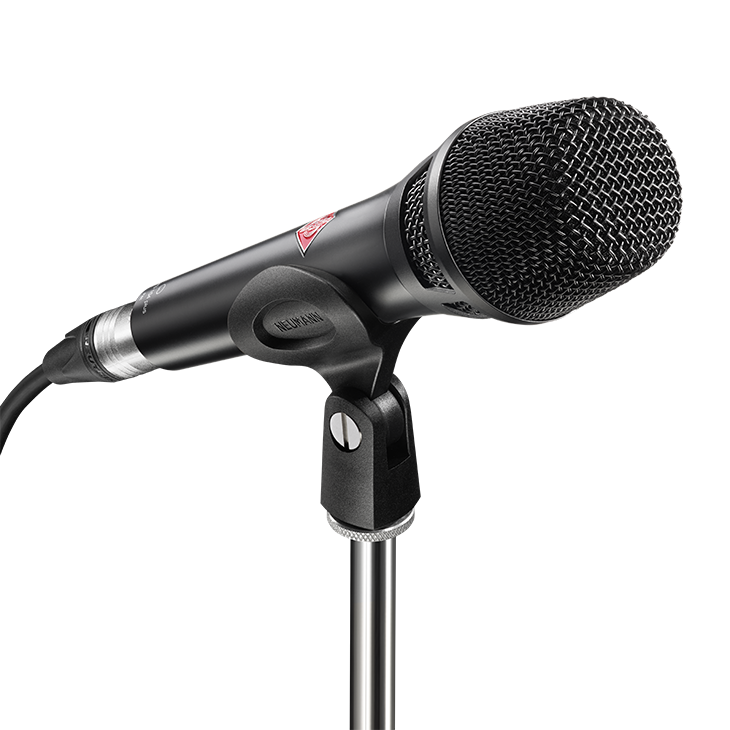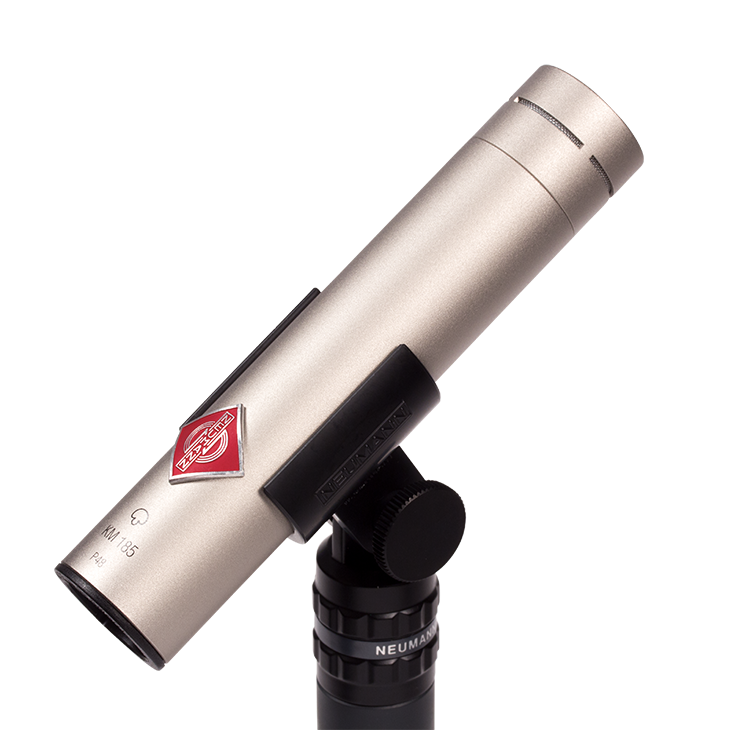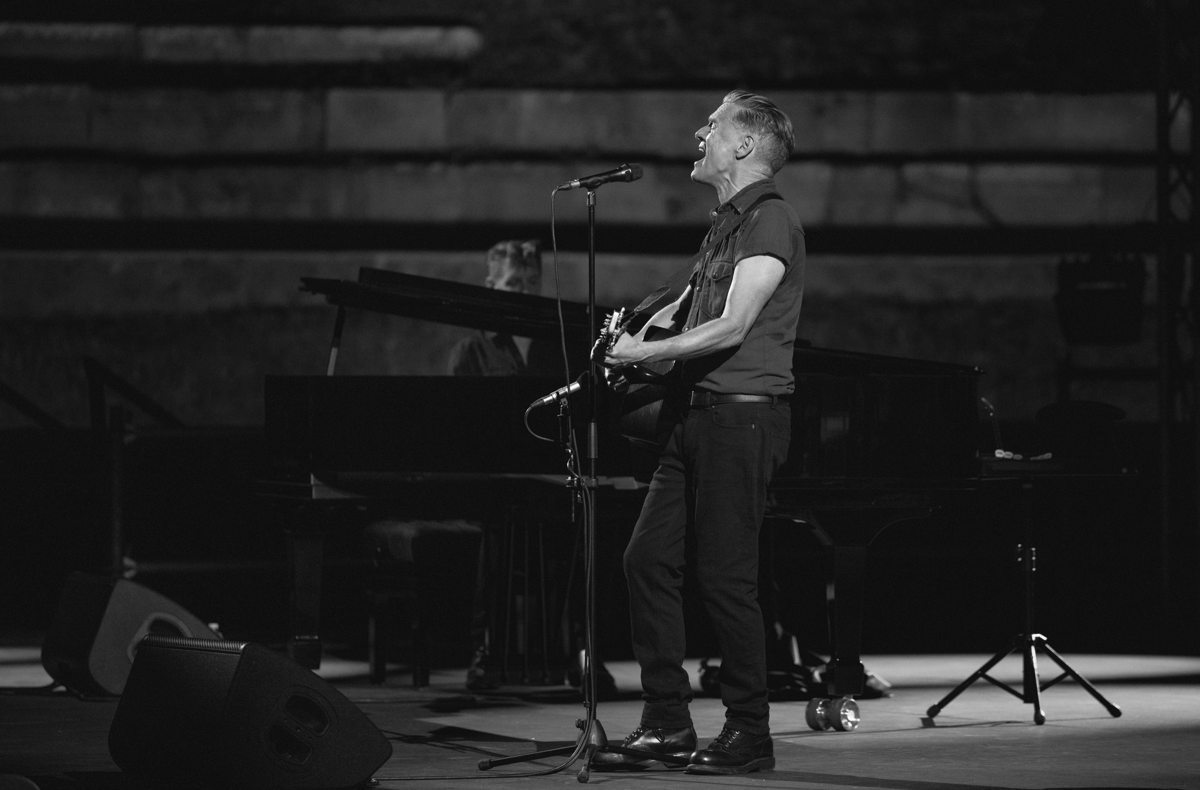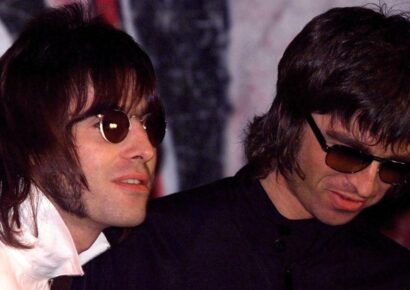Standing alone in an ancient Roman amphitheatre with nothing but an acoustic guitar sounds like some sort of fever dream – but it’s what Bryan Adams did in Pompeii this July, following in the footsteps of Pink Floyd's legendary 1971 performance at the same venue.
Forget the band, effects, and in-ear monitoring. Adam’s performance was stripped back to the very bones: voice, guitar, piano, and 2,000-year-old stone walls that have been carrying sound since the Roman Empire.
Catch up on all the latest features and reviews here.
Welcome to Bare Bones – Adams’ stripped-back concert series, named after his 2010 acoustic live album, that reveals how his songs were actually written. For front-of-house engineer Stefan Holtz, who’s been mixing Adams since 2023, the challenge was clear: make 3,000 people feel like they’re sitting in Bryan’s living room while he’s writing a new song.
“People want to feel as if Bryan were standing right in front of them without a microphone,” Holtz explains. “The moment they hear an engineer’s hand in it, the magic’s gone. The technology has to disappear.”
Bare Bones isn’t a typical tour. With only five or six dates this year across Rome, the Faroe Islands, Iceland, Scotland and Pompeii, each show focuses on revealing something a little more intimate – Adams at his creative core, sharing the moments where the songs first took shape.
“We bring almost nothing besides the microphones and two guitars,” says Holtz. A grand piano, console, and PA are all sourced locally at each venue. It’s not as terrifying as it sounds if you’re confident about where your signal chain begins.
With over two decades mixing German heavyweights Die Toten Hosen and Westernhagen, plus five years with Die Ärzte, Holtz’s approach is deceptively simple, and refreshingly so. Get the source right, and you can make any desk work. You don’t need mountains of boutique analog gear, complex processing at FOH for a great-sounding show – just a locally rented digital console, and unwavering faith in what’s happening at the capsule.
This is where Neumann comes in. Adam’s relationship with the microphones goes back decades. Until 1993, he used an M 49 in the studio, before switching to a U 87. His live work began with KMS 140, and moved onto a custom-modified KMS 104. Early this year brought the next evolution: the KMS 104 Plus.

“We tried it, and Bryan, monitors, and FOH all agreed immediately: this is a real step forward,” Holtz recalls. The improved windscreen means fewer pops, and the voicing sits perfectly with Adams’s vocal character. After years of working with the same mic design, Adams knows the cardioid pattern instinctively – when to pull back, when to turn his head. It’s become an extension of his voice, an instrument in itself.
For Bare Bones, Adams deliberately chose classic wedge monitors over in-ears. This creates intimacy and connection with the audience, but also introduces feedback risks in acoustically live venues like Pompeii’s ancient amphitheatre. “It’s not always easy in these acoustically precious venues that equally respond to the wedges,” Holtz admits. Yet despite being a simple cardioid (unlike the hypercardioid KMS 105), the KMS 104 Plus handles feedback impressively well. “Bryan’s got serious volume, that’s our advantage. I wouldn’t want to try this with a delicate voice.”
The concert grand piano gets special treatment: four Neumann MCM 114 systems to capture its magic. An ORTF pair near the hammers delivers articulation and sparkle, while two more MSM 114s at the sound holes add warmth and body to the sound.
Beyond their sonic qualities, the MCM system’s practicality is what wins Holtz over. “You’re genuinely fast with MCM. But what really gets me is the modular construction with four separate parts I can swap out independently. If a capsule gets wet, just replace the capsule. If a cable fails, sqap the cable. There’s no need for a whole new mic.”
Magnetic mounts make piano positioning more effortless than ever, and their versatility extends far beyond. “With Die Ärzte, I now run nine MCMs on drums. The MCM 114 works beautifully on everything: trombone, tuba, acoustic guitar, and accordion. One mic for everything, and it always sounds right.”
Adams’ acoustic guitar uses a Neumann KM 185. The mic’s tight pattern blocks out the stage monitors while mixing with the guitar’s pickup to capture both clarity and natural tone.

“Playing Pompeii and not recording it should be illegal,” Holtz joked before the show. The recording setup matched the live mix’s care and simplicity. Pairs of KMR 81 shotgun microphones and KM 185s at both sides of the stage captured ambience. “They’re a notch more neutral than other options,” he explains. “Applause sounds like applause, not like frying onions.”
To capture the full experience, a KU 100 dummy head was used in front of the stage, not just for posterity, but as an invaluable reference so Adams can hear the concert from a listener’s seat. On larger shows with in-ears, this signal also feeds into the monitor mix.
Whenever possible, Holtz extends his trust in Neumann technology to his monitors. Ahead of three 2024 shows at London’s Royal Albert Hall, he worked with a full KH loudspeaker system. Though it can’t match a concert PA’s sheer sound pressure levels, the translation is convincing. “With the big KH 420s and KH 870 subwoofer combo, you get remarkably close to the live experience while maintaining incredible resolution.”
“Playing Pompeii and not recording it should be illegal”
This consistent commitment to one manufacturer for critical signal chain components gives Holtz unshakeable confidence in unpredictable scenarios. “It removes so much stress because I can trust my sources, no matter which console turns up or how the PA is configured – all the variables I can’t always control.”
Looking back at his decisions in Pompeii, Holtz’s verdict is straightforward: “We’d do it exactly the same way again.”
Sometimes the best production really does come down to less is more – an artist, their instrument, and 2,000 years of acoustic history doing what they do best.
Head to Neumann for more information.

